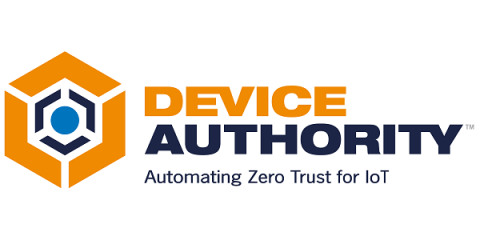Security Live with AWS and Arctic Wolf
Each episode of Security Live features AWS and AWS Partners who are working to solve security challenges for customers. And few companies are doing that with the scale, speed, and efficiency of Arctic Wolf. In this episode, Arctic Wolf CISO Adam Marre explains how Arctic Wolf is solving the operations problem in the cybersecurity industry by providing the platform and human element to help organizations get the outcomes they need out of the tools in their tech stack.











